If you're looking for a simple but economical cooling alternative, you may have heard about swamp coolers. But do these coolers need to be vented like portable air conditioners? We researched this question, and here is what we found.
Unlike portable coolers, swamp coolers don't need to be vented. The only prerequisites are having access to a water source and an electrical outlet. These units only require a consistent flow of fresh air to operate.
Keep reading as we elaborate on how swamp coolers function. We'll also discuss the optimal environmental conditions when using swamp coolers. In addition, we'll cover the pros and cons of using one. Let's also delve into how to know what size of swamp coolers you need for a certain room area and how much power they use.
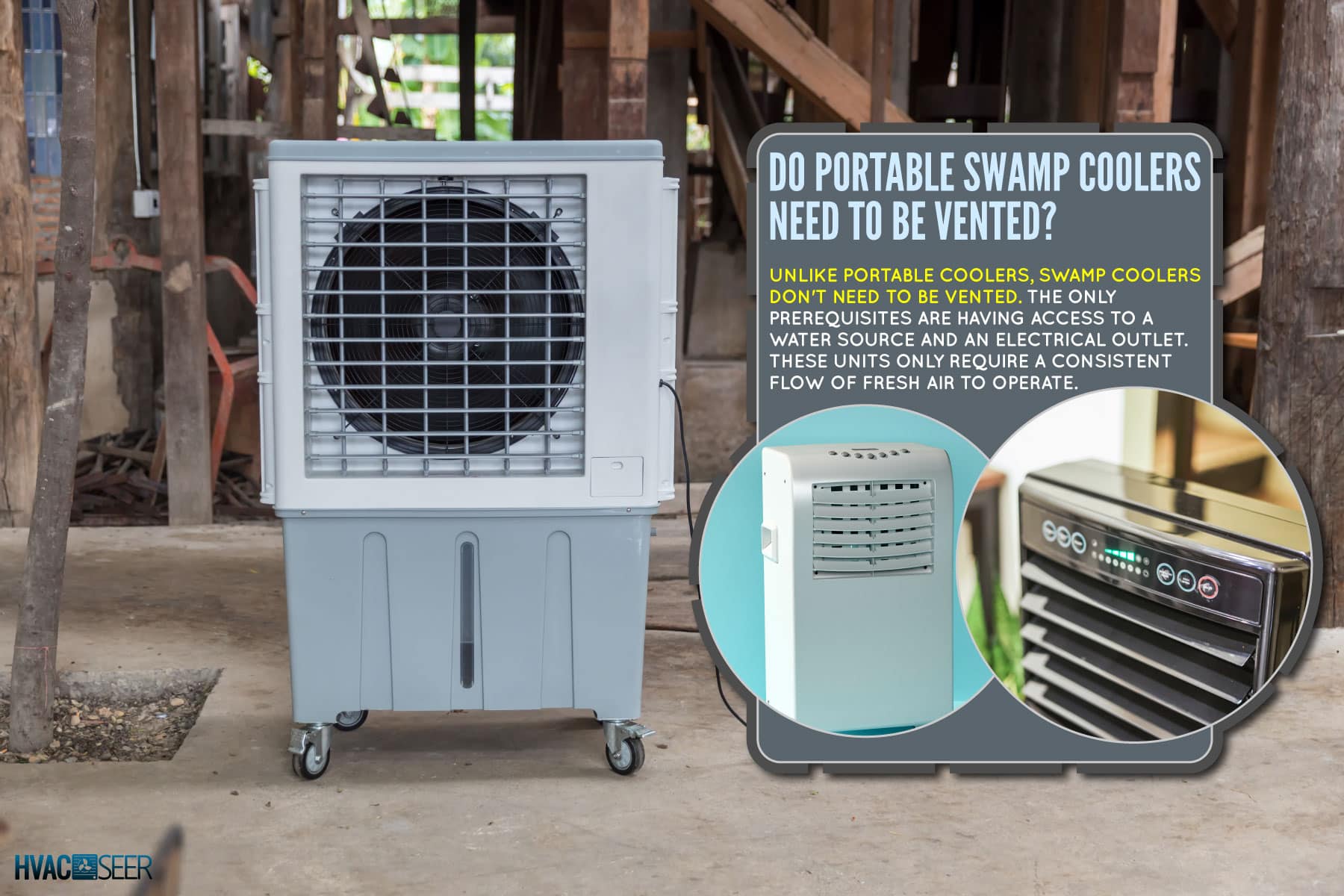
How Does A Swamp Cooler Work?
Moisture is used by a swamp cooler to cool the air. A swamp cooler, also known as an evaporative cooler, cools the air by passing heated outdoor air through wet evaporative cooler pads.
Swamp coolers circulate cold air using a mix of basic technology and electricity. Wet pads surround a big box with a fan, and a pump constantly circulates water to keep the pads wet.
Consequently, a swamp cooler cools the air while also adding moisture to it to make it more comfortable. These coolers can lower the air temperature by 15 to 40 degrees Fahrenheit.
Furthermore, swamp coolers continuously draw in fresh air from the outdoors, unlike air conditioners which repeatedly circulate air.
You can see more in the video below:
What Are Some Tips To Make Your Swamp Cooler Work More Effectively?
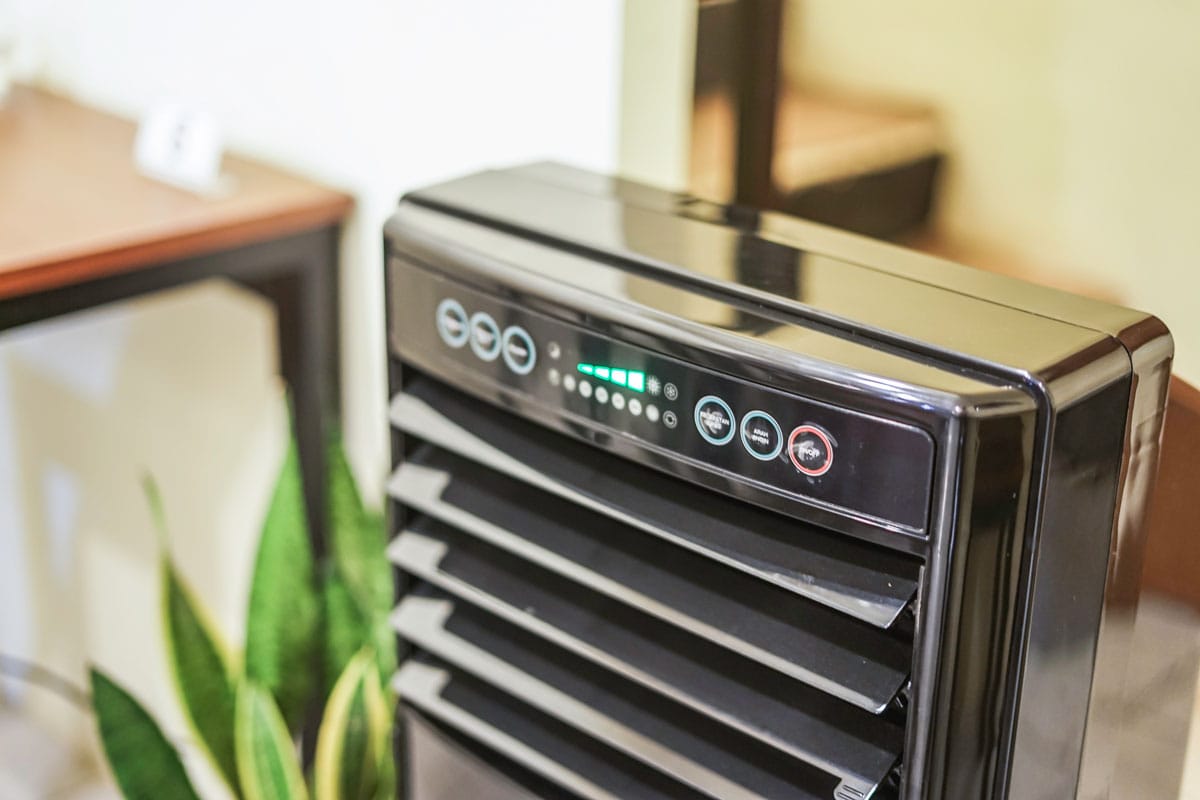
Here are some tips you can follow to make your swamp coolers work efficiently:
- You need to partially open your windows while using an evaporative cooler so that warm indoor air can escape and be replenished by cooler air.
- In arid climates, evaporative cooling is the most effective. They function well in the dry western and southwestern regions of the United States.
- It is recommended to stay with a portable evaporative cooler rather than a full-house unit if you don't live in the desert but still want to explore evaporative cooling.
- Adding houseplants that absorb all the additional moisture they can find is another strategy to lower the humidity in your home. Many plants can help keep your home a little drier by absorbing some or all of their water demands from the air rather than the soil. This will enable your swamp cooler to function more effectively.
- Smaller, portable evaporative coolers are intended to cool just one room at a time rather than your entire home. To get the most out of the unit, use it in a space that is at least that many square feet in size.
- Additionally, place the swamp cooler such that the fan is directing cool air right at your dining table or couch in the living room. Move your cooler around using the wheels on your portable unit until you find the ideal location for it.
- Since hot water is closer to the boiling point, when water swiftly dissipates into the air, you may assume that it would evaporate more quickly. However, cool to room temperature water works better.
- A swamp cooler operates most effectively when it is regularly cleaned and maintained, just like any other equipment.
What Are The Pros And Cons Of Portable Swamp Coolers?
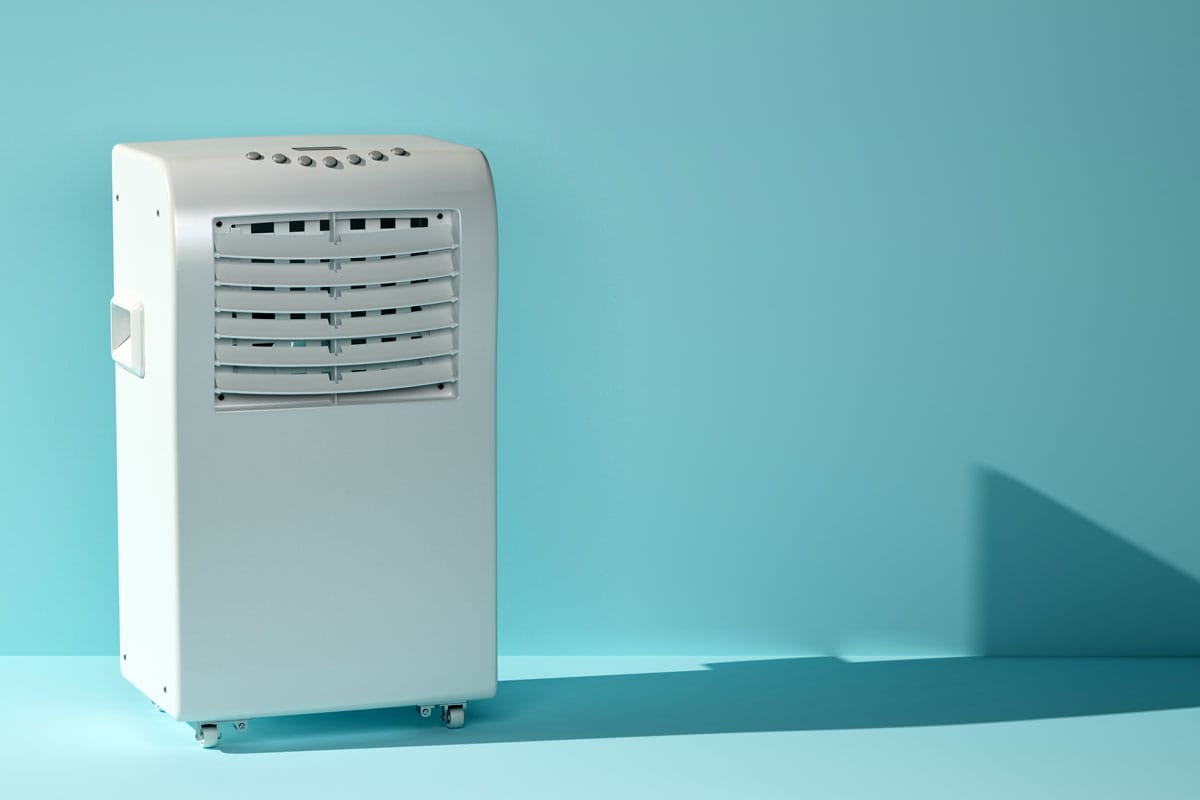
If you want to know the pros and cons of a portable swamp cooler, here are some of them:
Pros
- Compared to installing an air conditioner, they are far less expensive. Swamp cooler prices can be up to 80% less than air conditioner prices.
- Since they don't contain any pollutants, they don't pollute the air or the environment.
- Additionally, they can be relocated around the house from one room to another.
- For areas with dry weather, evaporative cooling is a very cost-effective and recommended cooling option.
- Your health benefits from using an evaporative cooling system since it improves the air quality and lets you breathe fresh air without drying out the environment.
- The system does not emit any emissions and has a small carbon footprint.
Cons
- If you use it in a humid environment, the humidity issue will worsen.
- Even in a dry area, when all of the room's windows and doors are shut, it can cause the humidity to increase.
- It can also result in functional issues for the room's electric gadgets due to the air's increased humidity.
How Do You Know What Size Of Portable Swamp Cooler Is Right For You?
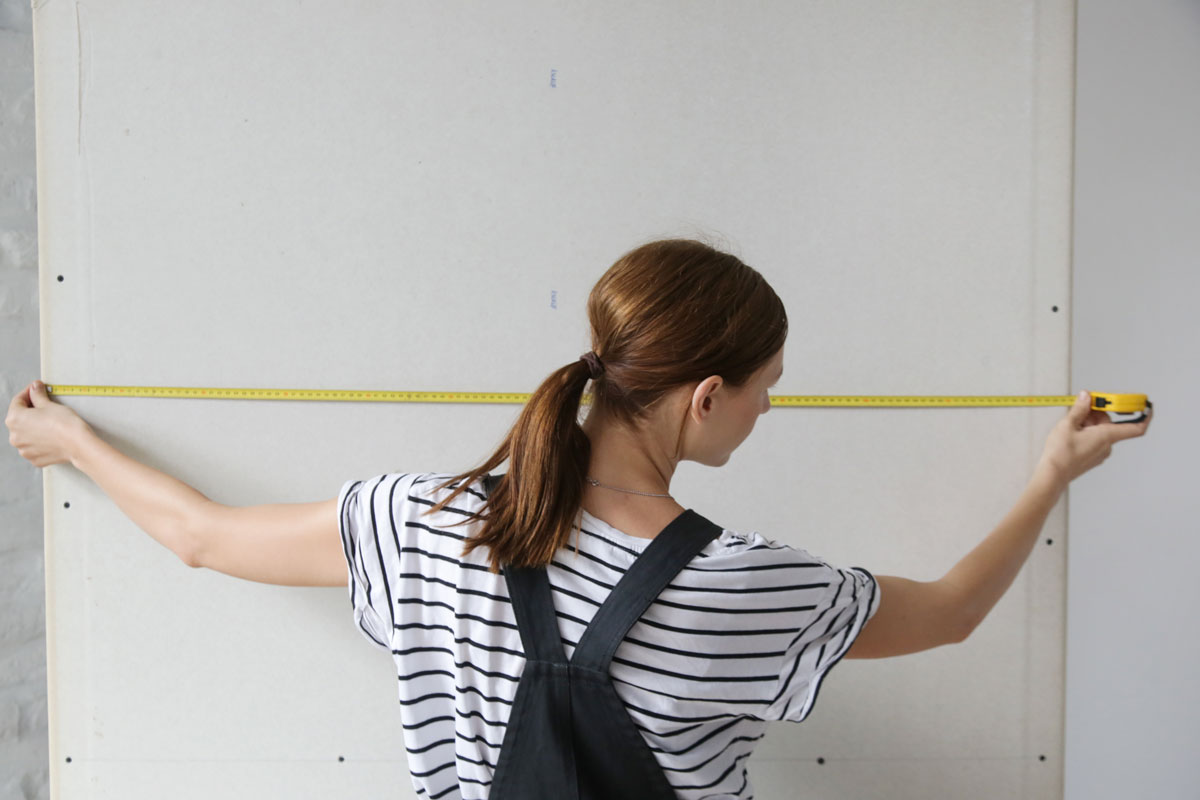
Choosing the right size is crucial when buying a portable swamp cooler. Having a too small cooler for your room won't provide you with the most comfort and won't effectively cool your house.
According to the DOE, most swamp cooler models fall within the 3,000–25,000 CFM range. Depending on the climate, manufacturers advise supplying 20-40 air changes/hr of moving air capacity.
You can find the right portable swamp size through:
- Getting the CFM (cubic feet per minute); or
- Know the water capacity of the unit.
Finding the ideal balance is essential since a cooler that is too big might discharge too much moisture.
CFM
The right CFM rating, or cubic feet per minute, is necessary to find the appropriate size. To find the CFM you need to:
- Get the size of your room- in ft³. Simply multiply the room floor area by the floor-to-ceiling height.
- Then, get half of the room size you computed. That is the capacity of the portable swamp cooler you need.
Water Capacity
The cooler's water capacity is another thing to take into account. If a CFM rate is not provided by the manufacturer, this is helpful. You can determine how much room the appliance can effectively cool from the capacity.
Here is a simple guide on what rooms can a certain capacity effectively cool:
- 1-3 gallons: kitchens, offices, or small bedrooms
- Up to 7 gallons: mid-sized areas (living rooms or dens)
- 7-12 gallons: comparable to a spacious living room, open kitchen, or bedroom
- Up to 16 gallons: enough to cool outside spaces
- Over 16 gallons: sports arena or industrial facilities
Click here for this product on Amazon!
How Much Electricity Does A Portable Swamp Cooler Use?
Only the fan and water pump utilize electricity; therefore, power consumption is typically minimal, usually 200-400 watts. However, this might vary greatly depending on the unit's capacity and features. Some residential appliances can draw up to 2 kW or more.
However, evaporative coolers' capacity to transform electrical energy into cold air is constrained due to their low power consumption. When it comes to converting energy into coolness, air conditioners are far more effective.
What Are Some Maintenance Tips For Your Portable Swamp Cooler?
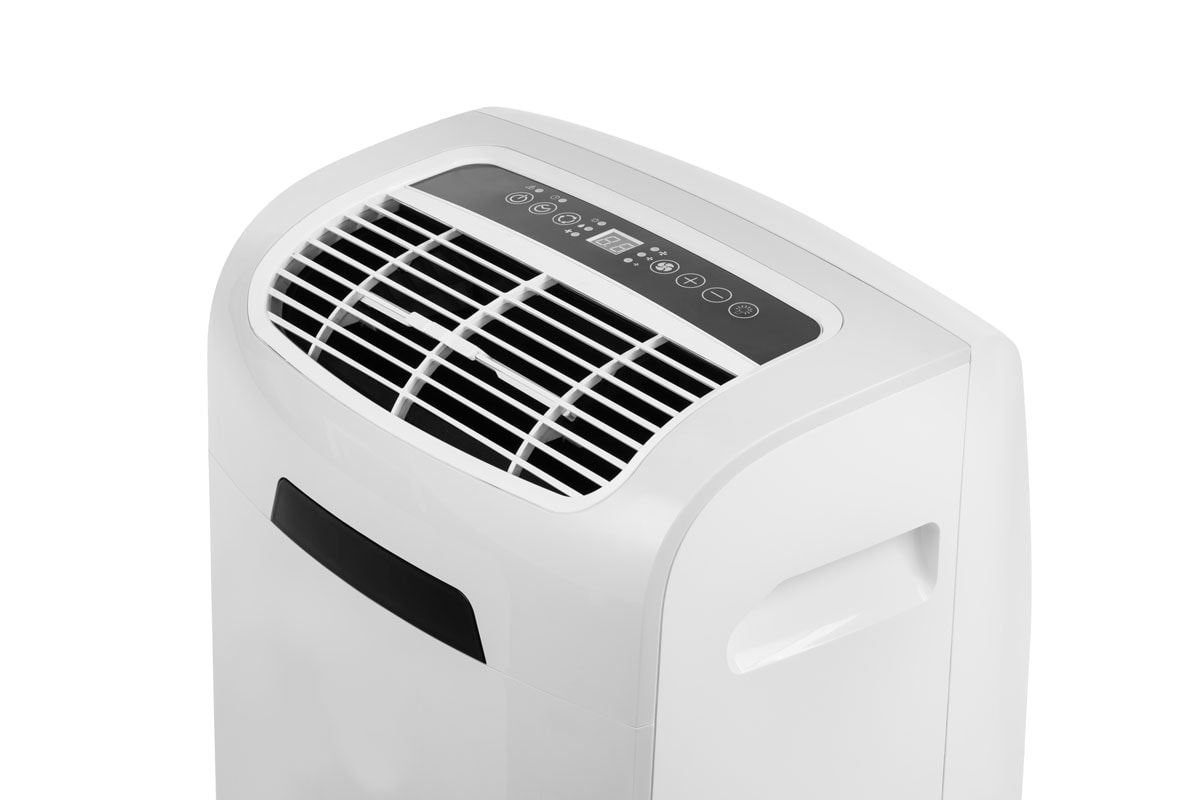
As mentioned, proper maintenance is essential in improving the lifespan and efficiency of your unit. Here are some maintenance tips you need to keep in mind:
- You should routinely drain and clean your evaporative cooler. Frequently clean out mineral and sediment accumulation.
- Every season, evaporative coolers require a thorough cleaning. They also occasionally require basic maintenance throughout the cooling season.
- At least once a month, in warmer areas when the cooler is used frequently, inspect the filters, pads, reservoir, and pump.
- Throughout the cooling season, change the pads at least twice and up to once per month when the machine is running continuously.
- Under the manufacturer's directions, you can clean some synthetic and paper cooler pads using water, soap, or a weak acid. When changing or cleaning the pads, filters should also be done.
- Before servicing the appliance, make sure the electricity is turned off.
Click here for this product on Amazon!
Portable Swamp Coolers Vs. Air Conditioners: Which Should You Use?
In the sweltering heat, maintaining your home's comfort and remaining cool are major priorities. But it's not always simple to pick the ideal equipment that allows us to unwind and escape the heat.
Use a portable swamp cooler when you:
- Live in an arid region.
- Want a device that can be used indoors and outdoors.
- Have an open space.
- Want to use fresh air to cool the air.
- Expect less energy cost.
- Need an eco-friendly device.
- Prefer equipment with minimal to no carbon footprint.
Use a portable air conditioner when:
- The humidity level in your area changes at any time.
- You want to cool your room instantly.
- There are people with allergies living in your house.
- You want something to be only used indoors.
Click here for this product on Amazon!
In Closing
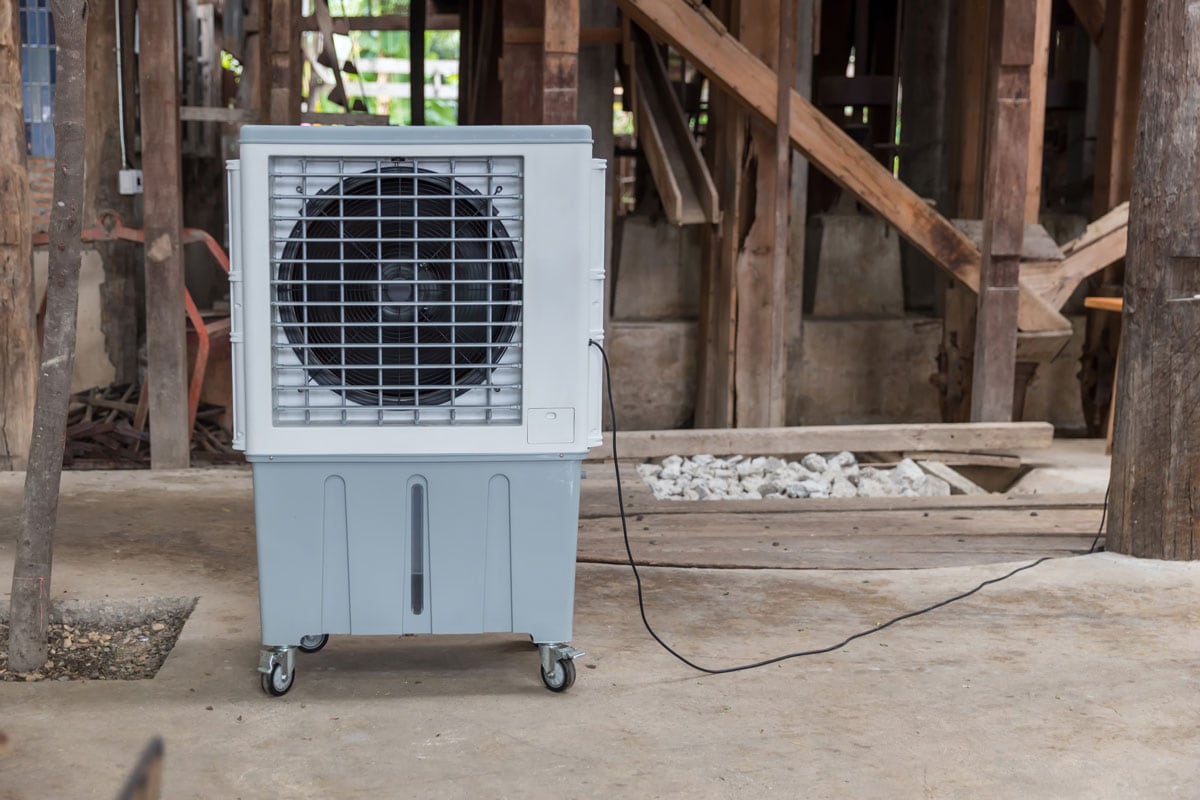
Fortunately, you don't need to vent portable swamp coolers. These coolers are best to use in dry regions, specifically in the western and southwestern regions.
Additionally, they use fresh air to cool water and can be for indoor and outdoor use. They are also simple and easy to maintain.
Before you go, you can check out these related articles:
Can You Use An Evaporative Cooler In Florida?
Does Nest Thermostat Work With Evaporative Cooler? [And How To Connect Them]



